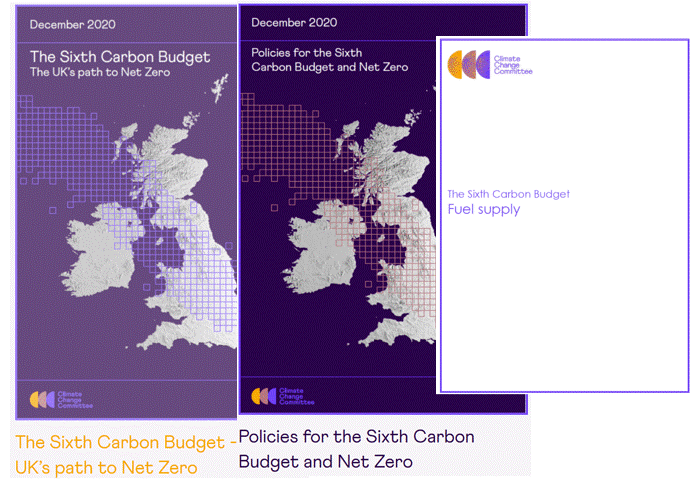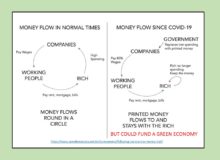On 12th December 2015 196 Countries at the 21st Conference of the Parties agreed the document that aspires to combat Climate Change and to keep Global Warming to 1.5°C. The document is 32 pages long, so these pages contain a quick guide to Whys, Hows, Whens, Whos (Parties, Non-Parties, Official Bodies) in the form of extracts from the Agreement. Click here for the full official Agreement.
WHY? – the essence of the Agreement
Why?
The Threat – an urgent and potentially irreversible threat to human societies and the planet
“Recognizing that climate change represents an urgent and potentially irreversible threat to human societies and the planet and thus requires the widest possible cooperation by all countries, and their participation in an effective and appropriate international response, with a view to accelerating the reduction of global greenhouse gas emission.” (p1)
The Urgency – emphasizing the need for urgency in addressing climate change
”Also recognizing that deep reductions in global emissions will be required in order to achieve the ultimate objective of the Convention and emphasizing the need for urgency in addressing climate change.” (p1)
The Shortfall – the urgent need to address the significant gap
“Emphasizing with serious concern the urgent need to address the significant gap between the aggregate effect of Parties’ mitigation pledges in terms of global annual emissions of greenhouse gases by 2020 and aggregate emission pathways consistent with holding the increase in the global average temperature to well below 2 °C above pre-industrial levels and pursuing efforts to limit the temperature increase to 1.5 °C above pre-industrial levels” (p2)
The Opportunities – co-benefits for adaptation, health and sustainable development
“Recognizes the social, economic and environmental value of voluntary mitigation actions and their co-benefits for adaptation, health and sustainable development…” (P15 109)
Dealing with Loss or Damage – not involve or provide a basis for any liability or compensation
“Article 8 of the Agreement does not involve or provide a basis for any liability or compensation;” (P8 52) “Parties recognise the importance of averting, minimising and addressing loss and damage associated with the adverse effects of climate change……” (p25 Art 8)
HOW? – the basic mechanisms
How?
Formal signature of the Agreement
“The Secretary-General of the United Nations shall be the Depositary of this Agreement.” (P31 Art 26)
This Agreement………… shall be open for signature at the United Nations Headquarters in New York from 22 April 2016 to 21 April 2017………….. Instruments of ratification, acceptance, approval or accession shall be deposited with the Depositary…” (p31 Art 20)
See here for the latest list of Countries who have ratified, here for the list of Countries who signed on 22nd April 2016, and here for Country Statements on the day. His Excellency Lord Bourne of Aberystwyth, Parliamentary Under-Secretary of State for Energy and Climate Change of the United Kingdom, signed on behalf of the UK.
Formal submission of ever strengthening NDCs committing to Mitigation and Adaptation
“… Parties shall submit to the secretariat their nationally determined contributions referred to in Article 4 of the Agreement…. “ (p4 25)
Click here for the latest NDCs.
Communication and Transparency
“Agrees that the information to be provided by Parties communicating their nationally determined contributions, in order to facilitate clarity, transparency and understanding, may include, as appropriate, inter alia, quantifiable information on the reference point (including, as appropriate, a base year), time frames and/or periods for implementation, scope and coverage, planning processes, assumptions and methodological approaches including those for estimating and accounting for anthropogenic greenhouse gas emissions and, as appropriate, removals, and how the Party considers that its nationally determined contribution is fair and ambitious, in the light of its national circumstances, and how it contributes towards achieving the objective of the Convention as set out in its Article 2;” (p4 27)
“..ensure common consistent methodologies..” (p5)
Linking all aspects including “Non Market” approaches
“Also requests the Subsidiary Body for Scientific and Technological Advice to undertake a work programme under the framework for non-market approaches to sustainable development referred to in Article 6, paragraph 8, of the Agreement, with the objective of considering how to enhance linkages and create synergy between, inter alia, mitigation, adaptation, finance, technology transfer and capacity-building…”(p6 40)
Note on NDC Pledges:
By the date of the Paris Convention in November 2015, there were no INDCs registered from Democratic People’s Republic of Korea; Libya; Nepal; Nicaragua; Panama; Syrian Arab Republic; Timor–Leste; Uzbekistan
The Parties are encouraged to change their INDCs into Nationally Determined Contributions (NDCs), and to update them with more and more ambitious pledges so that the total greenhouse gas savings are sufficient to limit global warming.
WHEN? Dates specified in the Agreement
When?
 Ratchet Mechanism from Carbon Brief.
Ratchet Mechanism from Carbon Brief.
3rd Feb 2016 – submission of concrete opportunities for resilience and adaptation (p18 126 & p19 133)
22nd April 2016 – ceremony to mark start of Agreement signing at the UN Secretariat in New York (p2 3)
First half of 2016 – interim public registry in the first half of 2016 for the recording of nationally determined contribution (p5 30)
22nd April 2016 – 21st April 2017. to deposit their respective instruments of ratification, acceptance, approval or accession, where appropriate, as soon as possible [at or following the ceremony] (p2 4)
2nd May 2016 – “the secretariat to update the synthesis report [of INDCs]…… (p4 19)
May 2016 – Subsidiary Body for Scientific and Technological Advice to initiate…. the elaboration of the technology framework (p9 68)
November 2016 – COP22 in Morocco.
2018 facilitative dialogue among Parties (p4 20)
November 2018 – COP 24
November 2019 – COP25. Review Capacity Building (p11 82) and the scope of and modalities for the periodic assessment (p10 70)
by 2020 to the secretariat mid-century, long-term low greenhouse gas emission development strategies in accordance with Article 4, paragraph 19 (p6 36) and long term low GHG strategies to be submitted and published by the Secretariat (p6)
2020 – first session of the Parties to the Paris Agreement. (p6) adopts rules, modalities and procedures
Prior to 2025 new collective quantified goal from a floor of USD 100 billion per year, taking into account the needs and priorities of developing countries (p8 54)



